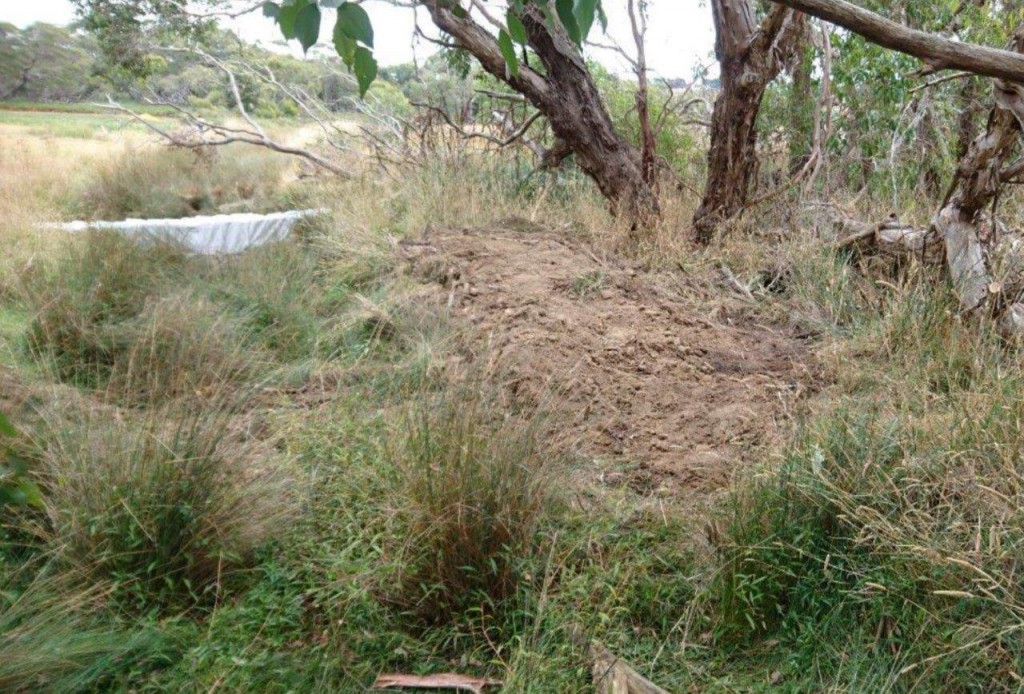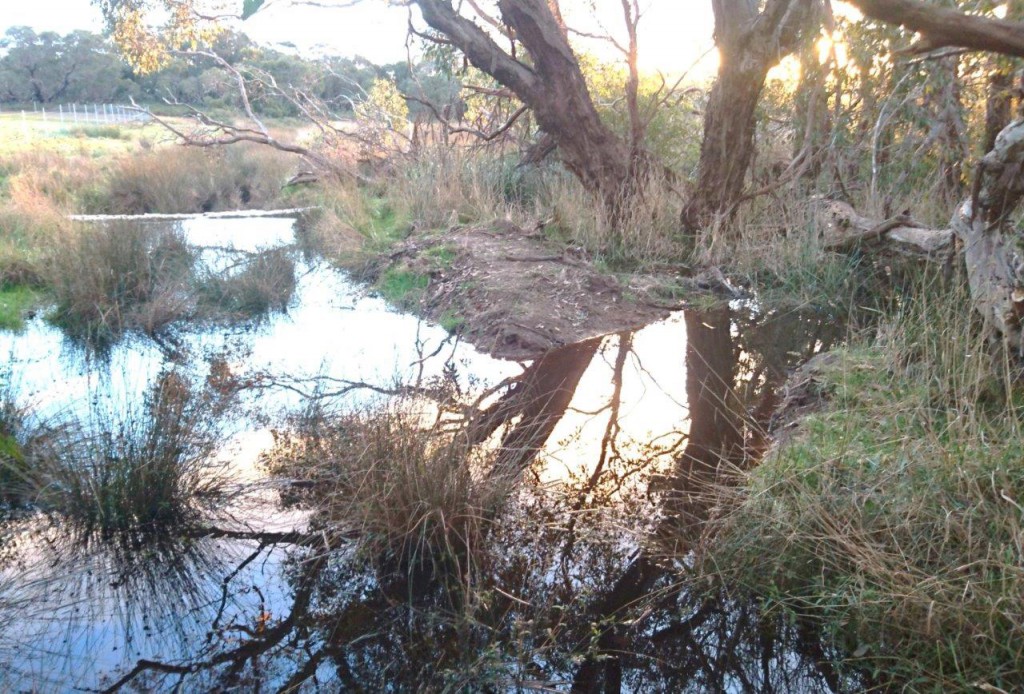Wetland restoration update: the dry June is a distant memory for Fleurieu Swamps and Stipiturus CP
Things were looking a little bit bleak for our wetlands back in June when much of southern Australia experienced near record low rainfall for the month; but fortunately, back to back wet months in July and August have really got things moving… So on recent trips to the Fleurieu Peninsula (south of Adelaide) from my home base in far SW Victoria, it has been great to see water in paddocks again, and all the major cross-border creeks (Morambro, Naracoorte and Mosquito Creeks) are flowing strongly – great news for Bool Lagoon and a whole host of our wetlands in the Upper South East.
All this means it is a good time to update you on the latest news from the restoration work NGT completed back in the autumn at Glenshera Swamp, in Stipiturus Conservation Park.
So, let’s see what happens when you ‘just add water’, after reinstating the meanders of a creek that had been bisected by a deep drain way back in the 1940s…
Well firstly – the way we’ve designed it for now – the drain itself actually turns into a series of weir pools, with each needing to fill before flows can spill out and continue along the creek’s natural course. This reverse image of the first structure shows what it looked like when this design first starting working in July:

The structure lifts water levels in the drain, and causes it to flow once again at a higher evelation along its natural meandering course. In this case, the natural creek is flowing for the first time in over 70 years! Flows are coming from the left of image and then towards the photographer. Photo by Mark Bachmann.
And then when you add a big dump of rain on top of when things are already wet, well – all bets are off! – the drain can also still operate by flows also spilling over the structure:

And then, a week or so later, after a couple of inches of rain in the catchment.. Photo by Mark Bachmann
But crucially, as flows recede, all low and moderate flows are forced to take the slow, meandering route – rather than the ‘short-cut’ straight down the drain. Going back to the whole philosophy of wetland restoration in this context, that was our goal.
We’re trying to slow down the flows, which has the side-benefit of improving water quality and reinvigorating floodplain habitat in the process, before tipping this water back into the top of Glenshera Swamp. And the crucial junction where that occurs is at Structure #5 – where the creek (north) and the drain (west) head in totally different directions:

Structure 5 location: Pre-works image – a clean slate – where the drain intercepts the natural creek bed for the last time above Glenshera Swamp. Photo by Mark Bachmann.

Structure 5: Post-construction back in autumn, and the spot where the artificial spoil bank was breached (right of image) to allow flows to return along the original creek line. Photo by Mark Bachmann.

Structure 5 operational at last!: Winter 2017 – lifting levels in the drain and forcing flows back down the original watercourse towards the top of Glenshera Swamp. Water is flowing to the right, which is northwards, towards the swamp. Photo by Mark Bachmann
We’re learning a lot by observing how things are functioning in the current high-flow conditions, that is also enabling us to make minor modifications to the design of the structures in real time – one of the real benefits of this flexible restoration method.
For those of us who like our wetlands, these are exciting times!
Stay tuned for further updates…
